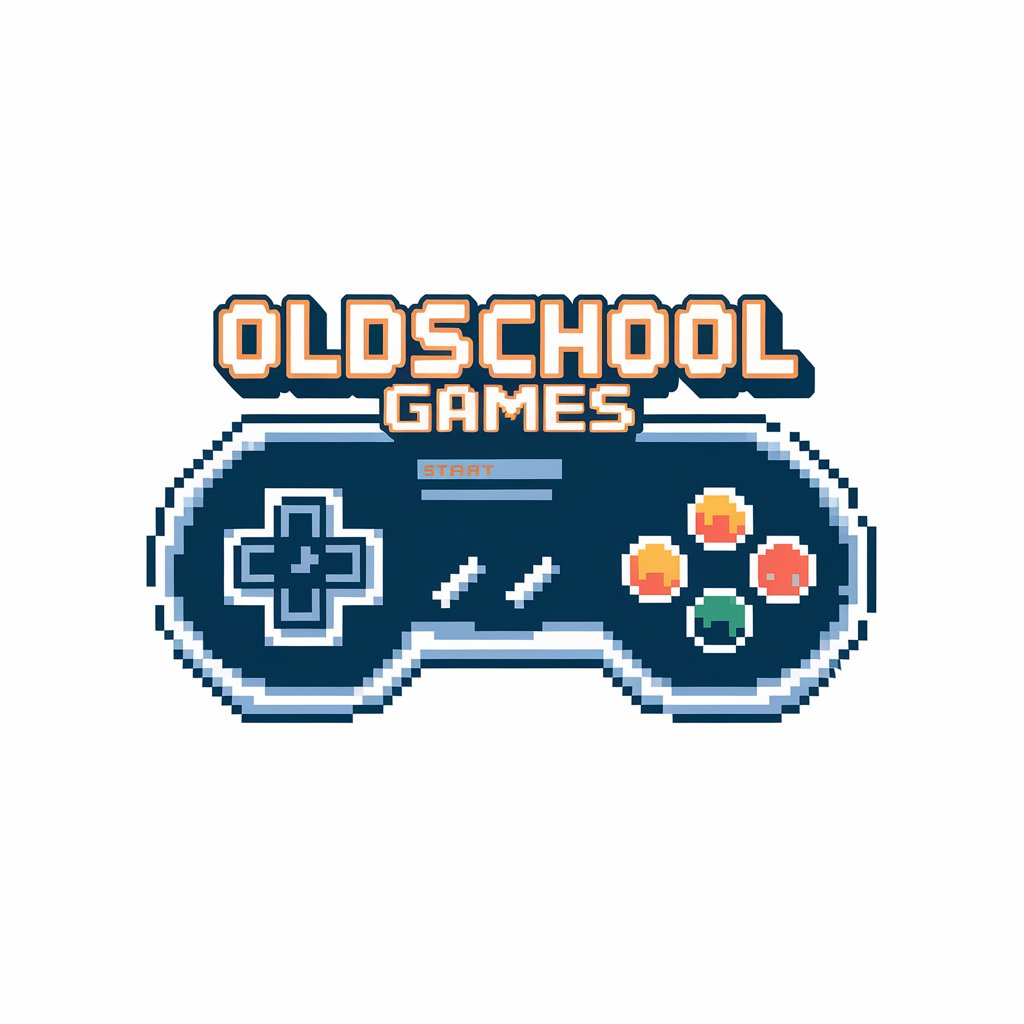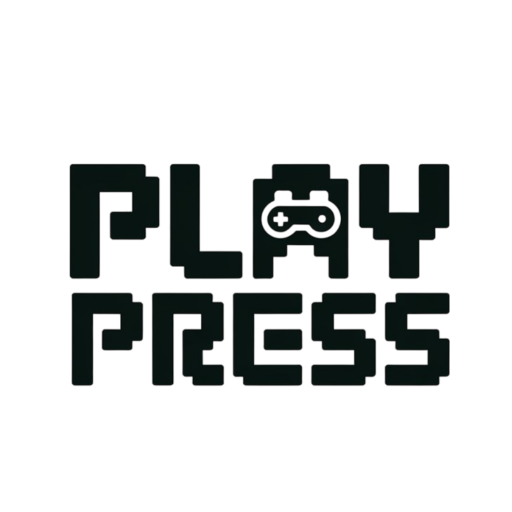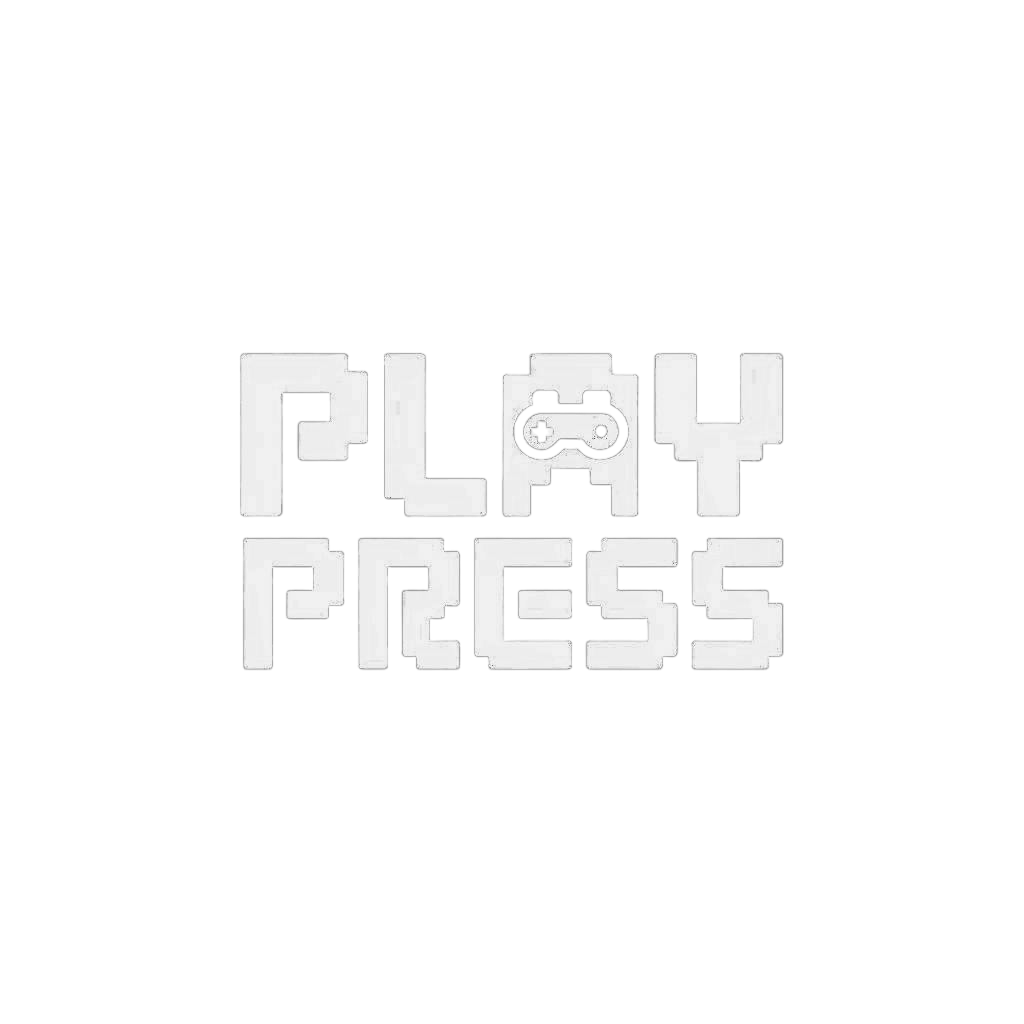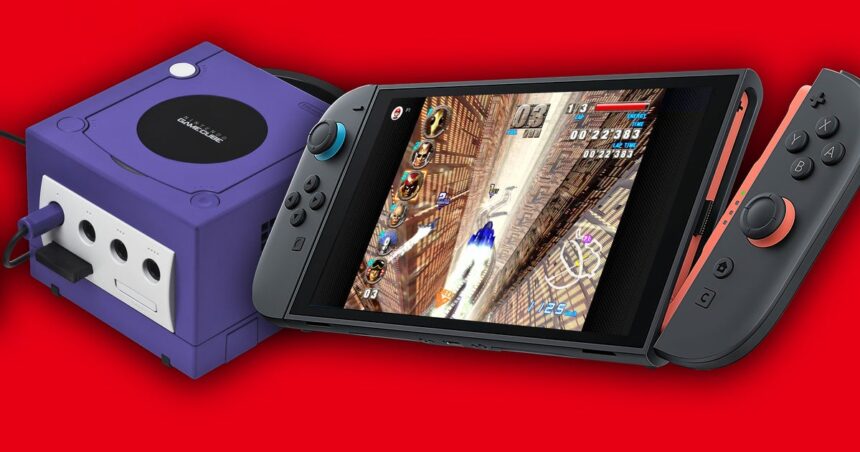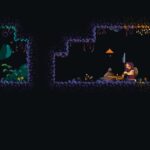One of Nintendo Switch 2’s big perks is its official GameCube classics support, available to those with a Nintendo Online Expansion sub. The selection is Switch 2 exclusive, and while the current range of GameCube titles is still in its infancy with just four on offer so far, they are at least all great picks. However in testing the likes of F-Zero GX, Soul Calibur 2, The Legend of Zelda: The Wind Waker, plus the latest addition, Mario Strikers, today there is one question: does Nintendo’s GameCube emulator on Switch 2 add any input lag versus running the game on real GameCube hardware?
Reports online have surfaced that the Switch 2’s GameCube emulator does add a noticeable level of latency to certain titles. For most games it’s not a glaring issue, but in the case of F-Zero GX, where every split-second matters, the contention is that this extra lag does affect play. So just how does the game’s input latency – from a button press to on-screen response – compare to a genuine GameCube system playing the same game? Is there any truth to the claims here? To cut to the chase, the answer is: yes – there is added lag in playing these games on Switch 2, and I’ve run the tests to put a to establish the exact latency figure.
Let’s focus our testing on F-Zero GX, since it’s the game seemingly most affected. As ever, the test method is simple: I take camera footage at 240 frames per second, and measure the number of frames between physically pressing the A button, and the first sign of the car on-screen accelerating. At 240fps – or 239.76fps to be precise, in my camera’s case – each frame of delay counts for 4.17ms of lag. With that in mind, I multiply the number of frames by that number to get the overall latency result.
Helpfully, in F-Zero GX’s specific case, an A button press translates to a response almost immediately, causing the rear of a car to light up as its booster engages. I will stress that this may not be indicative of absolute, overall latency, and other parts of the game engine may potentially react more quickly to a controller input. Another point to note: the monitor I’m using is the Dough Spectrum ES07D03 which has a relatively low 2.35ms latency, according to TFT Central – which is a value I’ll subtract from each result (but feel free to add your own display’s latency as appropriate). Using this method we have a consistent way to measure latency – and most crucially, a way to find the relative latency between an actual GameCube and Switch 2’s emulation.
With that setup in place, an original GameCube machine comes in with a latency result of 71.8ms, based on a 50-sample average. This is using a wired GameCube controller, and I’ve opted for a GCHD Mk.2 HDMI adapter as a means to get a 480p signal to our Spectrum display. By comparison, the Switch 2 result comes in at a higher 124.1ms result to the very same display, in this case using a wireless Pro controller. That means that we’re getting an extra 52.3ms of latency, or approximately three frames of delay on a 60Hz display, over actual GameCube hardware.
To re-test this with a different variable, I went fully wired by attaching an original GameCube controller to the Switch 2, via an official USB adapter, which comes in at a similarly high result to the Wireless Pro controller: 123.5ms based on a 50-sample average. In short then, it doesn’t matter which input you use: wired or wireless, Pro or GameCube controller via an adapter, Switch 2’s issues with extra lag are always present. Even running the same test on Switch 2 in portable mode, using its built-in 1080p LCD, introduces lag over an actual GameCube – giving a reading of 113.1ms while using a wireless Pro controller.
To see this content please enable targeting cookies.
The claims of Switch 2’s extra latency clearly have a basis in reality, then. However, the extent to which this added ~50ms of lag actually impacts playability will vary from game to game, and person to person. In the case of a less timing-sensitive game like Wind Waker, it’s far less of an issue in my experience. Wind Waker’s focus on 30fps adventuring, with automatic jumping between platforms no less, makes frame-perfect timing less of an imperative. Even in Super Mario Strikers it’s not a glaring issue. But, for a quick overtake in F-Zero GX – to thread the needle on a tight turn on the Aeropolis Multiplex stage – that delay begins to stick out. Likewise, for landing a guard impact with consistency in Soul Calibur 2, those extra three frames might take some adjusting to, especially among those sensitive to lag.
Going with original GameCube hardware is clearly ideal for the purist, then, and also bear in mind – for those that grew up with that console in the early 2000s – most of us played these games on CRTs where input lag was even lower on the display end. It’d be easy to overblow this, and it is a shame, but I’d suggest that these games are thankully still very enjoyable in emulated form on Switch 2. That 50ms is just something to bear in mind if you’re chasing a best time in F-Zero GX. It’s something I hope Nintendo loop back to, to improve, but there’s also no denying the outright convenience of Switch 2’s classic library right now, as an easy way to access that back catalogue.
On top of the latency, reports have also emerged that there’s an issue with controller accuracy as well. This has been highlighted by Modern Vintage Gamer too – where in playing F-Zero GX, there’s certainly a difference in the way analogue sticks function. It appears the velocity curve isn’t mapped accurately by the Switch 2 emulator, leading to overly sensitive steering compared to the GameCube original. Even using my trusty original GameCube controller from 2002, attached via a USB adapter to the Switch 2, it’s simply much easier to crash into the barriers by tilting the stick left or right, even at 50 percent tilt. This may be a matter of getting used to the Switch 2’s velocity curve – there’s always that argument – but for accuracy to the original game design, this should ideally be identical to the GameCube version’s, especially when using actual GameCube controllers like this.
Input latency and analogue stick emulation need to be addressed then, but in testing all these GameCube classics on Switch 2, there’s one final issue to highlight. Specifically, in every single game supported so far, there are newly-added single dropped frames not seen on original hardware. These single frame drops occur every 16-17 seconds on Switch 2, and it happens like clockwork. You can literally set a timer to it: the count up to 16 or 17 second coincides with a lost frame every time, interrupting what should normally be a solid 60fps line in F-Zero GX or Soul Calibur 2. It’s a minor nuisance in some titles, though in a racer like F-Zero GX, a single dropped frame counts for a lot more while hitting blistering max speeds. It’s also present in Wind Waker and Mario Strikers, which does suggest an overarching issue with Nintendo’s emulator. My best theory is that it’s a mismatch between the 60Hz refresh output preferred by Switch 2 and the original intended 59.94Hz output of GameCube software. Perhaps that’s the cause – a rounding error in the emulation – and again I’m hoping it does get addressed.
On a more positive note, GameCube emulation on Switch 2 is otherwise faithful. In fact, it improves the experience in both image quality and performance overall (outside of those added single frame drops). In comparison, the final state of Switch 2 emulation has all titles run at a native 1280×900 resolution, boosting image clarity over the original 640×528 on GameCube. Zooming in, it’s a welcome upgrade in clarity, where the only downside is lingering aliasing on edges – and lacking texture filtering across the ground. For better or worse, that 1280×900 resolution is stubbornly fixed in place. Whether playing in the standard 4:3 aspect ration mode or the 16:9 option available in some titles, that resolution remains, and the pixel structure simply stretches horizontally to fill a widescreen TV. Likewise, it stays at 1280×900 even if you’re playing on Switch 2’s own screen while portable.
Alas, 2D based elements like sprites, menus and HUD do not scale well, and notably, Mario Strikers’ 2D character selection screen looks rather blurry compared to those polygonal 3D elements. The only other change of note is the depth of field effect in Zelda Wind Waker. In the GameCube original, the effect of simulating a camera focus was heavy-handed – effectively blurring background detail. On Switch 2, the depth of field effect is removed, or at least greatly minimised to the point of being barely visible – which I think is the right call given the boost in clarity elsewhere.
On the performance side there’s more good news for Switch 2 users. For context, both F-Zero GX and Soul Calibur 2 ran beautifully at 60 frames per second on original GameCube hardware. It wasn’t perfect though, and Nintendo’s cube had its own rare performance drops in F-Zero GX for example. The game uses a double buffer v-sync method, and so any time the frame-rate starts dipping on GameCube – on the rare occasion that it does – it will crash down to a 33.3ms render budget for a brief spell. This is easy to spot on the Cylinder Knot stage at certain points, and just as you cross the finish line on others. However, Switch 2’s emulation clears these drops up in all the same instances in F-Zero GX: the Cylinder Knot stage, and crossing the finish line now run at a flat 60fps. The only catch of course is the introduction of those single frame blips on Switch 2. For Soul Calibur 2, this is the only major difference compared to GameCube hardware, where Switch 2 otherwise puts out a solid 60fps for Namco’s fighter.
Looking to the other games, Wind Waker misses a chance to boost its frame-rate by simply keeping a 30fps cap in place. On Switch 2 this means we’re running at a flat 30, with very occasional frame pacing issues, adding trills on the frame pacing line between 16, 33 and 50ms. Thankfully, these are surprisingly uncommon, and don’t stick out. Also, surprisingly, this frame pacing behaviour is entirely in line with the GameCube original, which kept a 30fps cap in place, with similar, if infrequent, bouts of odd frame-pacing. It’s a missed opportunity then to gun for the full 60 frames per second, but at least nothing is lost in translation by playing on Switch 2.
Rounding out, Super Mario Strikers is the game most in need of a frame-rate boost via Switch 2. Looking back, performance in the GameCube original was somewhat erratic: we had 60fps in gameplay and 30fps in cut-scenes, but there were also frequent hitches and drops during the 60fps on-pitch as well. At points on GameCube, triggering special moves like summoning Bowser could drop frame-rates to 45fps. The point being that playing via Nintendo’s emulation on Switch 2 fixes some of these issues by brute force of running on more powerful hardware. The 30fps cap remains in place for select cut-scenes, like intros and outros. But fortunately, gameplay is at least now running at a more palatable 60fps line most of the time, albeit with some mid-50s drops on using special moves. It’s a win on balance, with a few performance issues still to be ironed out.
Switch 2’s classic GameCube support is warmly welcomed, but certain details clearly need Nintendo’s attention. For arcade-perfect accuracy in the likes of F-Zero GX, the extra input latency on Switch 2 should ideally be addressed – and likewise the sensitive velocity curve of the analogue sticks. The pattern of single frame drops in all games is also an obvious blemish, but fundamentally, the four games released on the GameCube classics page are faithfully represented. We even get the luxury of choosing between the North American NTSC and PAL European versions, should there ever be a case where 60Hz wasn’t supported on a PAL release. There’s plenty more additions to the GameCube library promised in the coming months, and hopefully, that will be paired with tweaks to the emulation logic, adjusting the latency, controls and performance issues we’re seeing here.
